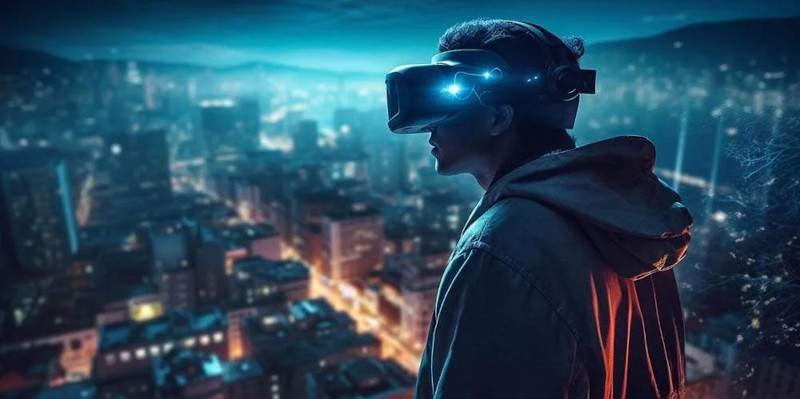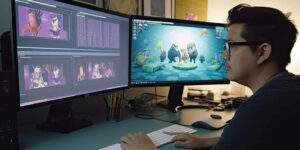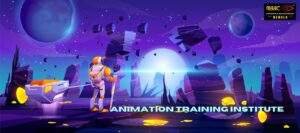Animation have developed into potent instruments for innovative marketing and advertising. From movies to social media post, animation is a part of creative injection. They continuously support various forms of business promotion and help to mould a completely new method of presenting goods and services in the contemporary digital sphere.
Animation penetrates marketing across all sectors and sorts of businesses, from the barely perceptible in-app animation to comprehensive promotional videos. Even businesses who were anticipated to have a more traditional appearance choose to inject themselves with some innovation with motivational animated movies. According to one report, the Global Animation Software Market is anticipated to reach USD 53.01 Bn by 2028, rising at a CAGR of 8.47% from its estimated value of USD 35.30 Bn in 2023.
Let us check some of the emerging trends in Animation
- Real-Time Animation
Animation’s potential in real-time interactions has always been constrained by the lengthy rendering periods necessary. However, real-time animation is starting to revolutionise the game as a result of the development of strong technology and software. With the help of this trend, animators can now produce dynamic material that reacts quickly to user input. Video games, AR and VR are being revolutionised by real-time animation, which offers immersive experiences like never before.
- Intelligent Creativity
Animation is not an exception to how artificial intelligence (AI) is pushing forward a variety of industries. Animators are using AI-powered solutions to streamline their processes, and produce complicated animations with ease. With the aid of this technology, artists can concentrate more on their creative processes, stretching the boundaries of their imagination and storytelling.
- Mixing 2D and 3D
In current times, many videos are created using the blend of 2D and 3D. Many motion designers combine them, claiming that doing so gives a video a unique aesthetic and increases viewer enjoyment. The integration of 2D and 3D animation as well as the addition of moving 2D overlayers are examples of this trend that are most extensively used. This strategy can be used in both low-budget digital advertising and high-budget advertisement videos.
- A New Reality: Immersive 3D Animation
The creation of realistic and immersive environments is now possible with advancements in 3D animation technology. 3D animation is redefining visual narrative in everything from animated movies to virtual worlds.
- Morping
In 2023, morphing continues to gather momentum. It is a technique used in animation and motion pictures to seamlessly transform one image or shape into another. Nowadays, there is a high demand for morphing through logos, graphics, and other items in a film.
- Collaborations Across Media
Diverse media, such as interactive installations, and even architectural projections, are using animation across boundaries. Collaborations between animators, and experts from other fields are expanding the possibilities of animation and enhancing our understanding of both the arts and entertainment.
Conclusion
Animation industry is growing in a rapid phase with the involvement of technology breakthroughs and the animators’ infinite inventiveness. The newest developments in animation are paving the way for a period when animated content will be even more prevalent and engaging thanks to real-time interactions, AI-powered automation, and immersive 3D experiences. Learning animation with new technology will be helpful and MAAC Behala is the right platform to learn.




